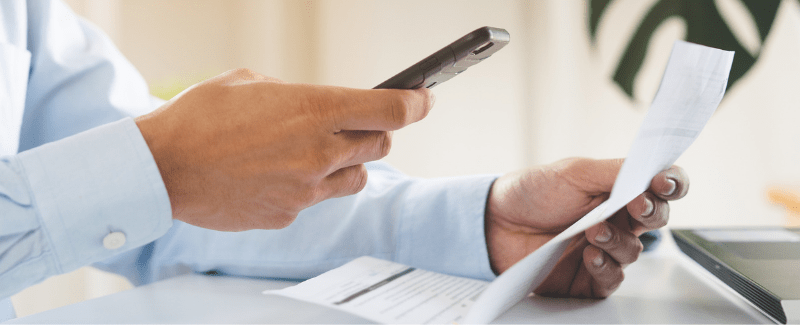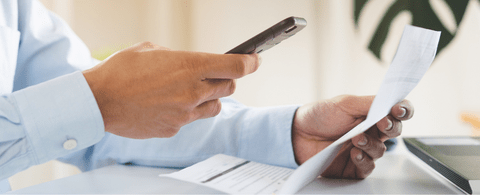Paper or Electronic Billing: What’s Your Preference?
Posted by Wayne Brown and Tiffany Taylor on 12 Jan 2022


Do you prefer paper bills, electronic statements, or both?
On one hand, there’s a segment of the population that lives exclusively in the digital world. Technology is a trusted companion for activities like streaming media, messaging with friends and family, buying goods and services, and receiving and paying bills. This segment is comfortable using mobile devices and computers to receive electronic statements and pay bills online—and has increased exponentially in the aftermath of the global pandemic as demand for touchless-everything grew.
On the other hand, a portion of the population still prefers traditional paper bills and may pay those bills with cash or checks. So-called “double dipping” occurs when customers make electronic payments via their bank accounts or biller websites, but also receive paper statements. Paper bills might be preferred because they provide benefits for recipients including physical reminders, easy archiving, and proof of address.
As the world becomes increasingly digital, why don’t businesses eliminate paper bills once and for all? It’s reasonable to think that most organizations would stand to benefit both financially and operationally if their customers went to 100% electronic bill presentment and payments (EBPP). This is especially true for customers that are already making payments online but still receiving paper statements. Eliminating the choice of paper bills could save companies time and money, while also creating a positive impact on the environment.
The reality is that simply offering an electronic option isn’t enough to encourage full participation. Some companies set up their enrollment process so that customers opting-in to electronic payments automatically opt-in to e-bills as well. Others provide their customers the option to disable paper bills, but don’t make electronic statements mandatory. If customers choose to pay their bills online, it might make sense to require electronic billing in tandem. Businesses must make a concerted effort to shift customers toward EBPP by offering the right incentives.
For most businesses, there’s no greater priority than customer satisfaction. And, like it or not, paper bills remain a critical component of a personalized billing and payments experience. Businesses might find it increasingly difficult to balance consumer demands for fully digitized experiences with long-standing paper habits. Looking to the future, these organizations must devise creative strategies to encourage full participation in electronic billing and payments.
Updated from a blog originally published September 3, 2019.
Read more about paperless billing in Paperless Billing: Why Make the Switch?
Today’s legacy and siloed banking technology infrastructure limit financial institutions’ ability to rapidly innovate. It’s time to look at money movement in a new way. Alacriti’s Orbipay Unified Money Movement Services does just that. Whether it’s real-time payments, digital disbursements, or bill pay, our cloud-based platform enables banks and credit unions to quickly and seamlessly deliver modern digital payments and money movement experiences. To speak to an Alacriti payments expert, please call us at (908) 791-2916 or email info@alacriti.com.
Schedule A Personalized Demo
Schedule a Free Consultation






